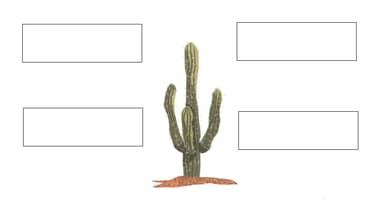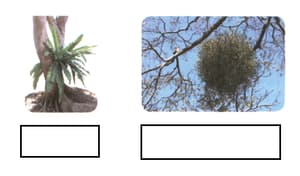Lakhmir Singh & Manjit Kaur Solutions for Chapter: Adaptations, Exercise 2: EXERCISES
Lakhmir Singh & Manjit Kaur Biology Solutions for Exercise - Lakhmir Singh & Manjit Kaur Solutions for Chapter: Adaptations, Exercise 2: EXERCISES
Attempt the practice questions on Chapter 8: Adaptations, Exercise 2: EXERCISES with hints and solutions to strengthen your understanding. Lakhmir Singh's Science Biology solutions are prepared by Experienced Embibe Experts.
Questions from Lakhmir Singh & Manjit Kaur Solutions for Chapter: Adaptations, Exercise 2: EXERCISES with Hints & Solutions
How do tail helps bird?
Explain the adaptations in plants in the mountain region.
Explain the adaptations in the following:
How is a camel adapted to survive in a desert?
Explain the adaptations in the following:
How is fish adapted to survive in water?
There are two animals P and Q. The animal P has long legs and it can drink a large amount of water at one go. The hump of this animal has a substance R stored in it. The animal Q has a streamlined body shape. It moves by using its fins and tail. The animal Q breathes through the special organs S.
What is the most likely habitat of P and Q?
An animal having a rounded body and small ears has thick fur on its body. The fur is also present on its feet and toes. This animal has also a thick layer of fat beneath its skin for "insulation". The feet of this animal is quite big in size.
What could you think this animal could be?
Label and explain the adaptations in Cactus.

Name the type of aerial plants.

